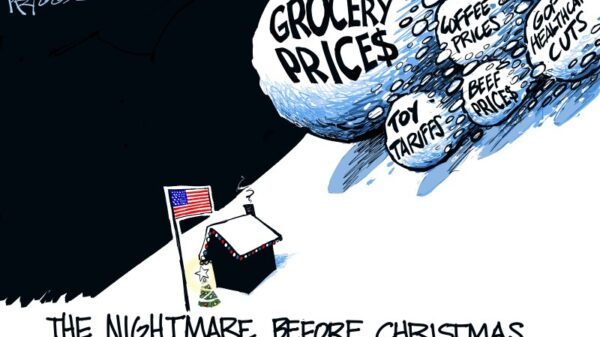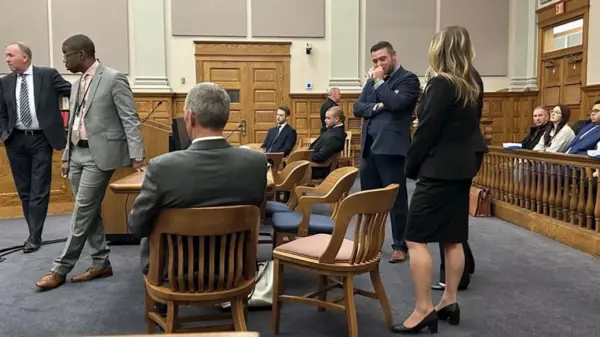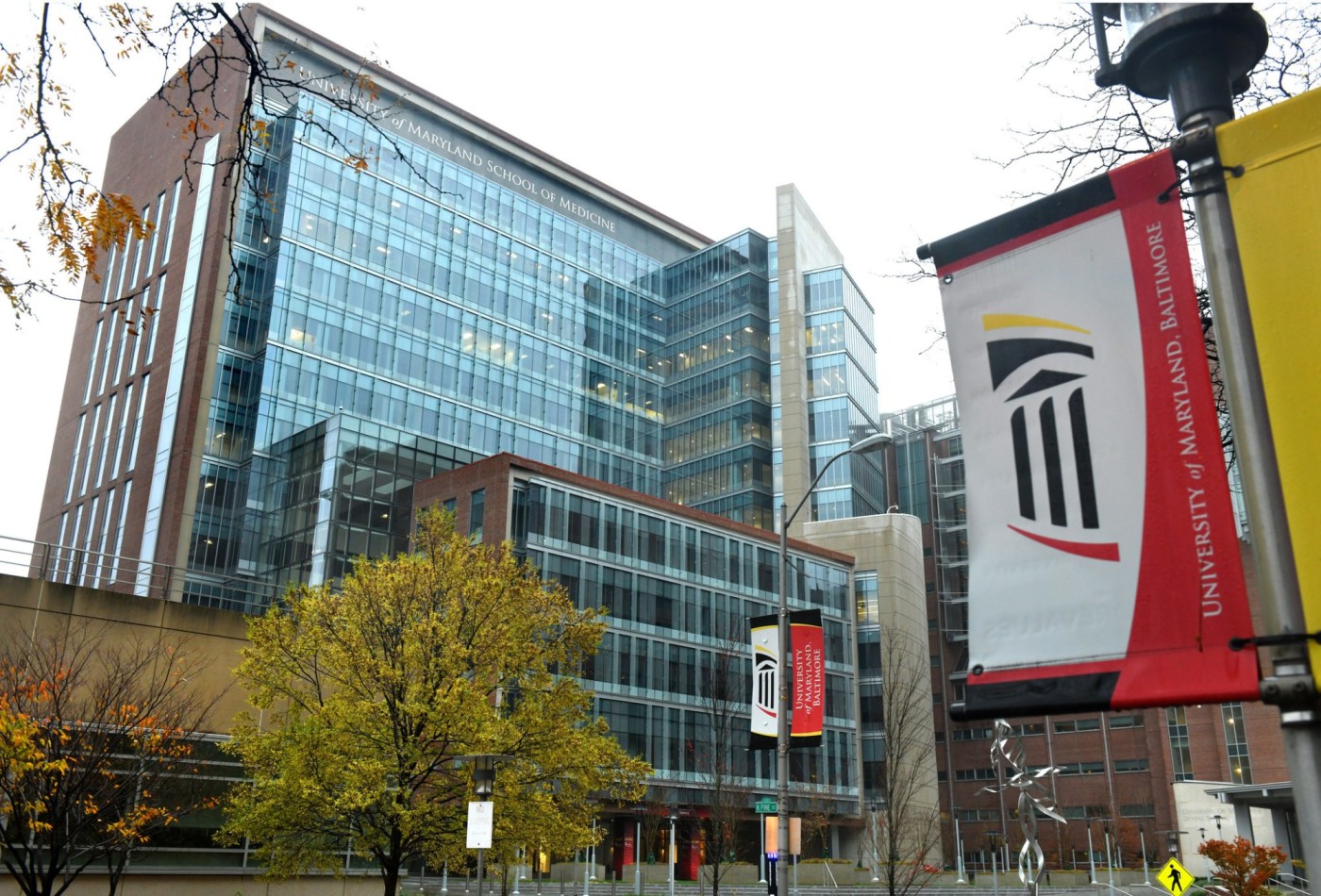URGENT UPDATE: Maryland universities are facing a severe funding crisis as federal grant cuts have resulted in a staggering $119 million loss this year. This unprecedented shift is pushing researchers into uncertain territory, threatening ongoing projects and academic careers across the state.
Officials from the University System of Maryland confirm that the cuts come amid a significant reduction in federal research dollars, leading to a dramatic restructuring of the academic landscape. “All of us here in Maryland had become extremely dependent on federal funding and extremely good at getting it,” said Patrick O’Shea, vice president for research at the University System of Maryland. “Our failure was a lack of diversity in funding.”
The impact is immediate and profound. Most federal grants are doled out over three- or five-year terms, meaning many researchers are losing funding for projects already underway. Maryland institutions typically manage around 3,000 federally-funded research projects, with one-third ending annually. Researchers regularly apply for approximately 1,000 grants to stay afloat.
On October 10, 2023, researchers from the University of Maryland, College Park, gathered for a virtual town hall to express their fears about the funding cuts. “I don’t see how I can keep working at the university if my grant is clawed back,” said Marc Pound, a research scientist in the Astronomy Department since 1997. He emphasized that the pressure to secure funding is now more critical than ever, especially for those without tenured positions.
The funding uncertainty has drawn attention from legislators. Pound noted that colleagues are working with Sen. Chris VanHollen to restore some funding, although the recent government shutdown has complicated their efforts.
Moreover, the atmosphere in academia has become tense. Professors have reported fears of retaliation for speaking out about the funding cuts, with some requesting anonymity due to perceived threats. Concerns extend beyond funding, as faculty members have called for improved safety measures at campuses.
This funding crisis is not unique to Maryland. Johns Hopkins University, America’s first research institution, reported an $800 million loss in funding from the U.S. Agency for International Development earlier this year. In response, the institution has established support initiatives, including grants of up to $150,000 for faculty affected by the cuts.
Meanwhile, Morgan State University in Baltimore faced 22 grants rescinded, amounting to $13.5 million in lost funding. Although the university reported a relatively stable position compared to others, with 200 active research grants and 75% to 80% federally funded, the situation remains critical.
O’Shea urged resilience amidst these challenges. “We are working hard behind the scenes for the well-being of our people,” he stated. “We are committed to helping stabilize, pivot, and grow.” He expressed confidence that universities will adapt, highlighting their long-standing presence in society.
As Maryland institutions grapple with the fallout from federal funding cuts, the academic community is left to navigate a rapidly evolving landscape. The urgency for diversified funding sources has never been greater, and the future of research in the state hangs in the balance.
Stay tuned for more updates as this story develops. Have a news tip? Contact Karl Hille at 443-900-7891 or [email protected].






































































